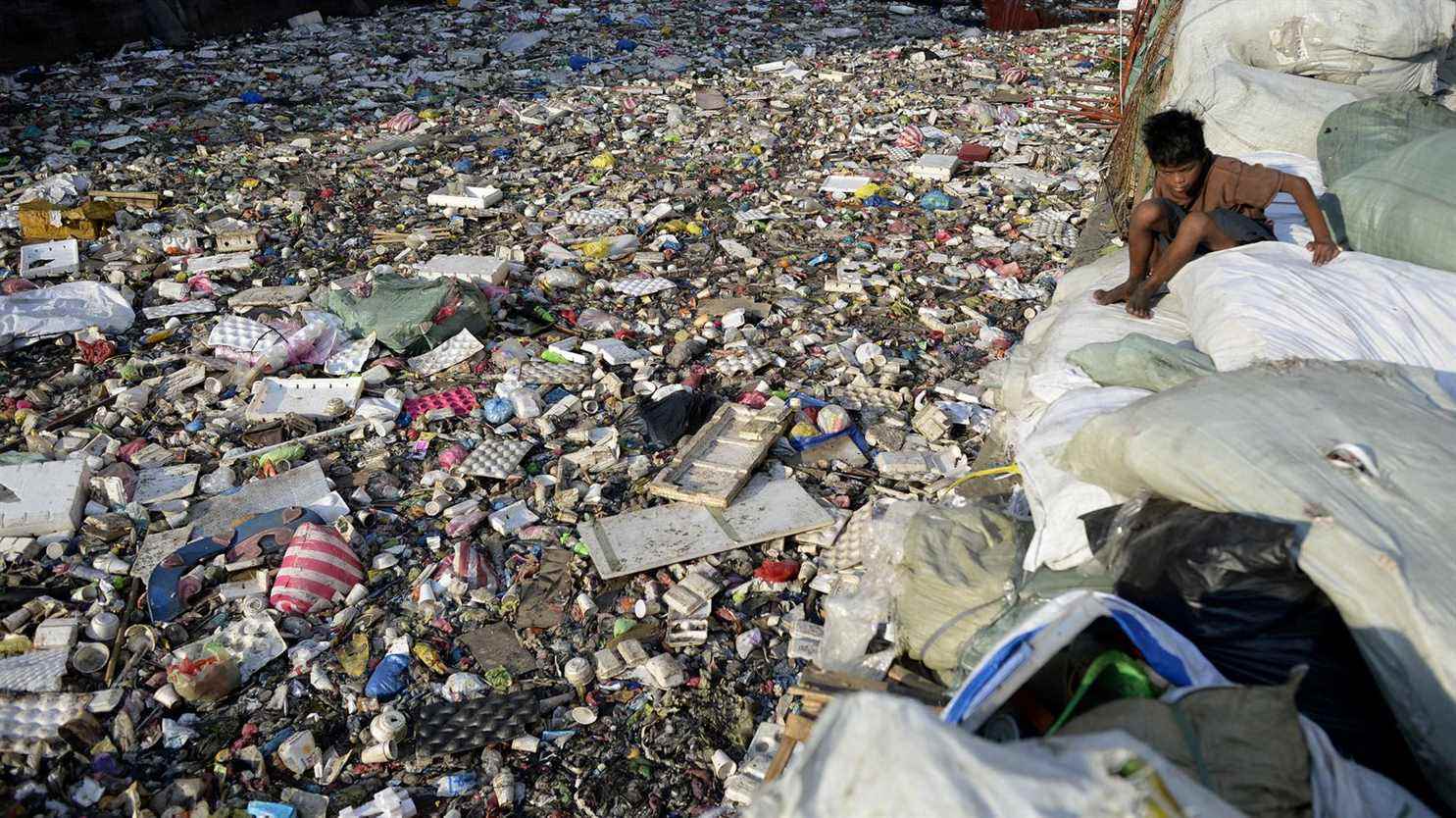Researchers have assessed the impact of products made chemically by man: plastic, synthetic fabrics, drugs, substances for industry, pesticides… They have calculated that a total of 350,000 different types of chemical products are currently used around the world. Their number has been multiplied by 50 in 70 years, and should triple again in the next 30 years.
The problem is that these synthetic molecules now threaten ecosystems, due to their persistence in the environment. According to these researchers, in terms of chemical production, we have crossed a critical threshold which risks having lasting repercussions on nature and living organisms. A critical threshold because our industry produces too many synthetic molecules too quickly.
Starting with plastic. Plastic production increased by 80% between 2000 and 2015, the report says. Not only does this material remain present in nature for several decades in the form of microplastics that are now found everywhere (in the deep oceans, remote islands or pure mountain air) but the chemical molecules of our industrial, agricultural and pharmaceutical products also diffuse into soils, water and organisms with a cumulative effect that we no longer control, warn these researchers. The rate at which these chemicals appear in the environment far exceeds the ability of governments to assess the risks associated with these molecules, and eventually eliminate this pollution.
The authors of the report campaign above all for the creation of a global production ceiling for the release of chemicals, as is done for the release of greenhouse gases. It is also urgent to adopt a more circular economy, and to focus more on recycling in order to produce less synthetic materials and preserve natural resources.
Another report published last week indicates that of the 500 billion tonnes of virgin raw materials used in the world since 2015, less than 10% have been recycled, all the rest ends up as waste. Humanity consumes 70% of virgin resources in excess of its capacity for renewal.
